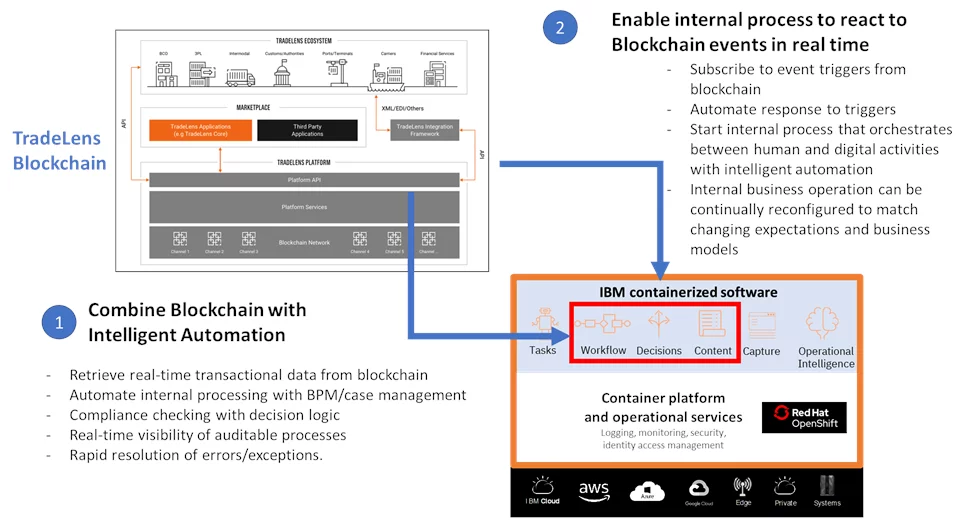Introduction
Businesses are under increasing pressure to reduce their carbon footprint and adopt sustainable practices as the world becomes more aware of climate change and its impact on the planet. This pressure is especially intense on electric utility companies with power generation and transmission assets, which contribute significantly to carbon emissions.
Fortunately, technological advancements have made it easier for these businesses to achieve their sustainability objectives. Modern enterprise asset management (EAM) platforms and application resource management (ARM) software can assist power utilities in optimizing their resources and lowering their carbon footprint while maintaining high efficiency.
In this blog post, we will look at how integrating IBM Maximo and IBM Turbonomic can assist electricity utility companies with power generation and transmission assets in meeting long-term targets and goals while also optimizing ESG ratings.
